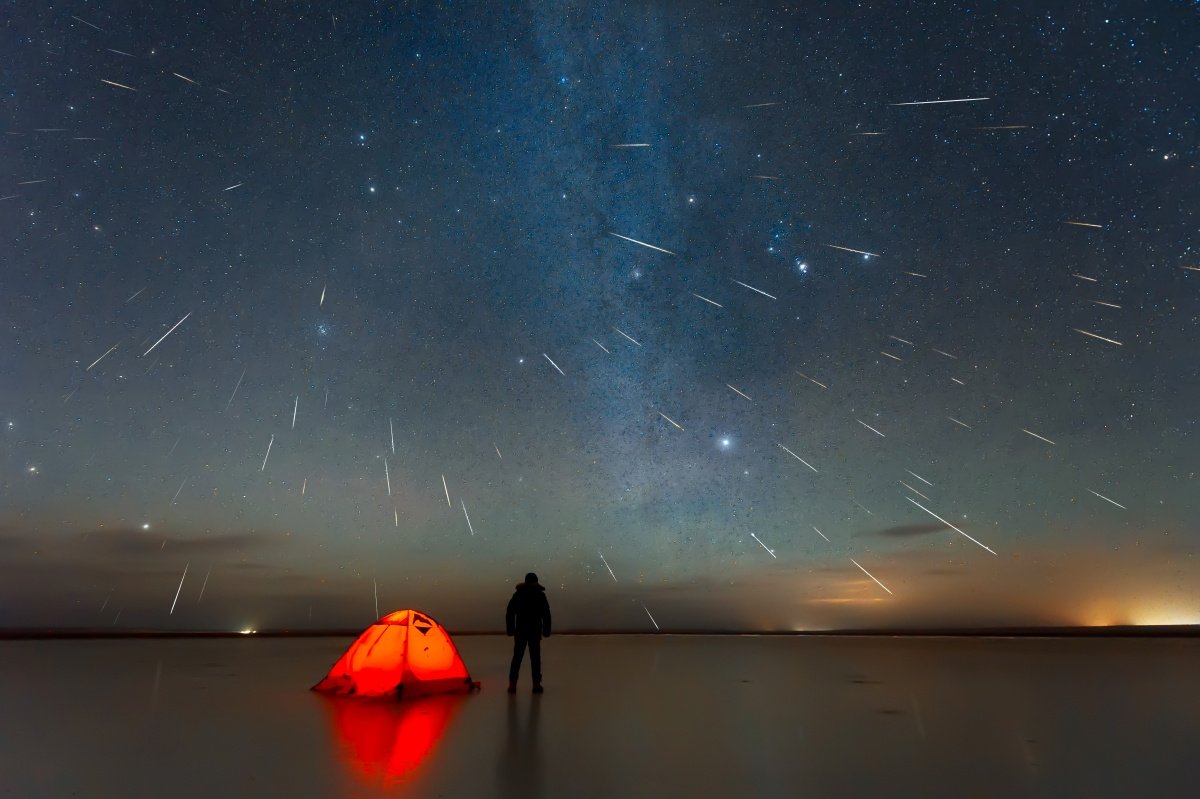The end of the year is approaching, and December will be the last opportunity for astronomy enthusiasts to catch up on the celestial displays in 2022. As at the beginning of every month, we bring you the most remarkable astronomical events that will punctuate the night sky in 2022. following days!
December’s astronomical events are determined by the solstice, which marks the arrival of summer in the Southern Hemisphere, and two meteor showers: Gemini and Ursids.
On December 21, especially at 6:48 PM Brasília, summer will begin in Brazil and temperatures tend to be higher in most parts of the country during this period. This moment is marked by the fact that Earth’s South Pole will tilt toward the Sun, which will have reached its southernmost position in the sky and will be directly above the Tropic of Capricorn (at 23.44 degrees south latitude). This is also the first day of winter in the Northern Hemisphere.
But the biggest event of the month will definitely be the Gemini meteor shower. This is none other than the king of meteor showers. Considered by many amateur astronomers to be the best shower in the heavens, it produces up to 120 multi-colored meteorites per hour at its peak this year on the night of the 13th and early morning of the 14th. It’s caused by debris left behind by an asteroid known as 3200 Phaethon, discovered on 17 and 1982.
Meteorites are often so numerous and bright that even the light of the waning Moon cannot obscure the view. The best view of this phenomenon will be from a dark place, away from city lights, after midnight. Meteorites will radiate from the constellation Gemini, but they can appear anywhere in the sky.
The Ursid meteor shower will be a much more modest event: considered a small meteor shower, it only produces 5 to 10 meteors per hour. It is produced by the debris left by the Comet Tuttle and takes place between 17 and 25 December each year. This year, rain will peak on the night of the 21st and morning of the 22nd. Meteors will radiate from the constellation Ursa Minor, but they can also appear anywhere in the sky.
Using apps like Carta Celeste, Stellarium and SkyMap are great allies for observing and identifying objects in the sky!
Calendar of the main astronomical events for the month December 2022
12/08: full moon
12/08: Mars at opposition (maximum visibility from Earth)
12/13 and 14: Maximum effectiveness of the Geminid meteor shower
12/16: The Month Is In The Last Quarter
12/21: summer solstice
12/21: Mercury at maximum elongation (Maximum visibility from Earth)
12/23: New month
12/29: First Quarter Month
Clear skies and good observations!
Source: Tec Mundo
I am Bret Jackson, a professional journalist and author for Gadget Onus, where I specialize in writing about the gaming industry. With over 6 years of experience in my field, I have built up an extensive portfolio that ranges from reviews to interviews with top figures within the industry. My work has been featured on various news sites, providing readers with insightful analysis regarding the current state of gaming culture.












